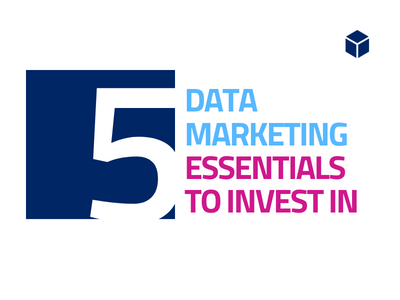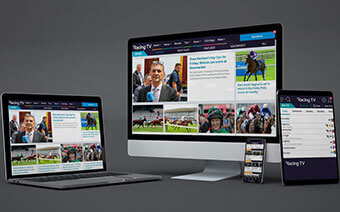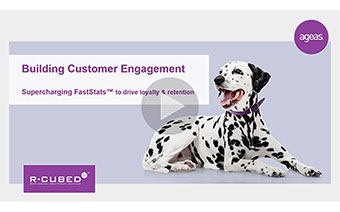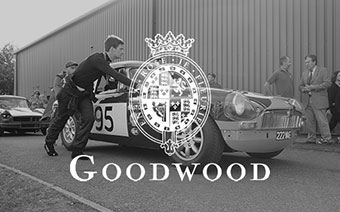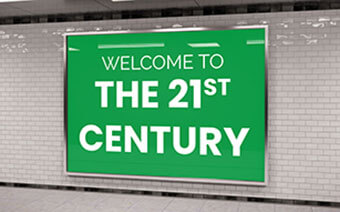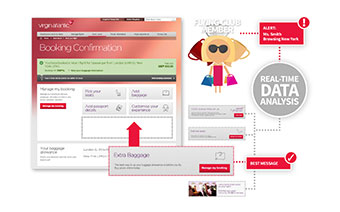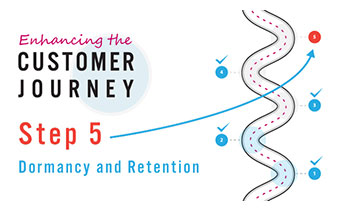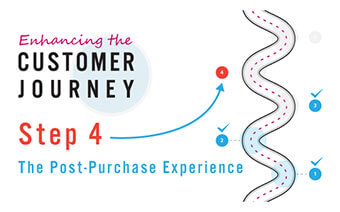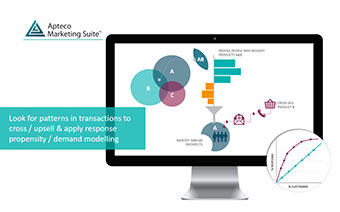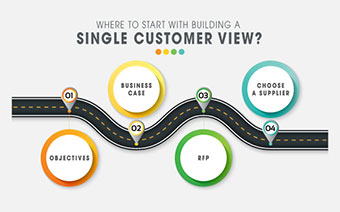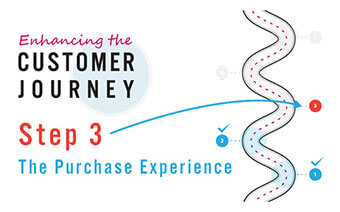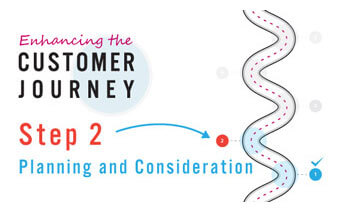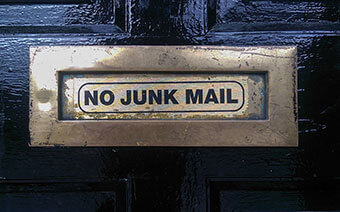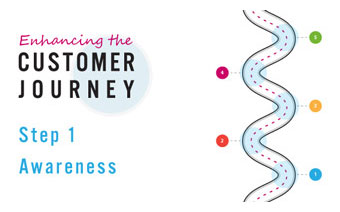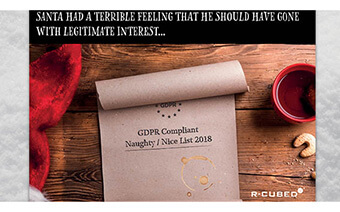You know who your high value customers are. They’re ones who shop most frequently with you, buy the most and help you make your sales targets, so they’re the ones you should spend your hard fought marketing budget on. Right? Wrong.
Or more accurately – maybe. But maybe not.
While your high value customers need to be nurtured, you also need to know how your customer base is changing, and more specifically, how each individual customer is likely to change over time.
Don’t just look at today. Look at tomorrow.
So rather than focusing just on today’s high spenders, we should be looking at where customers are headed. For example –
- Which customers will maintain their spend levels over the next 12 months?
- Which customers will spend more?
- Which customers will reduce or stop their spend altogether?
By answering those questions, you’ll build up a much better idea of not only where you should spend your marketing budget, but what messages and treatments you should be giving to each customer group.
Using today’s data to predict tomorrow.
There’s a wealth of insight hidden in your data – you just need to unlock it. We’ve done just that for many of our clients.
For example, we looked at the customers of a well-known high street chain. As you’d expect, we found that those who shopped more often, and shopped more recently, were more likely to go on to be high value customers.
But more interestingly, by harnessing all available data, we found some key differences amongst these segments.
For example, amongst the lower frequency customers, we found segments with high future potential. Those who made their first spend early in the morning, or transacted in more than one branch went on to generate the highest value over the next three months.
Equally, amongst the higher frequency segments, we found customers who would go on to reduce their spend over the coming months. These were characterised by a reduced average transaction value, declining email engagement and a change in transaction patterns.
Small changes can make big differences.
Once we had identified these key new segments, we were able to change the way we communicated with these customers and delivered significant incremental sales. The client was delighted. And naturally, so were we.
So, in short – comparing customers’ predicted future spend with their current spend levels enables you to the identify key strategic customer segments. This can transform how you invest, how you communicate and lead to massive increases in ROI from your marketing budget.
So get to know your customer data and try to find the nuggets of gold amongst it. Because we guarantee you – they’re in there.



